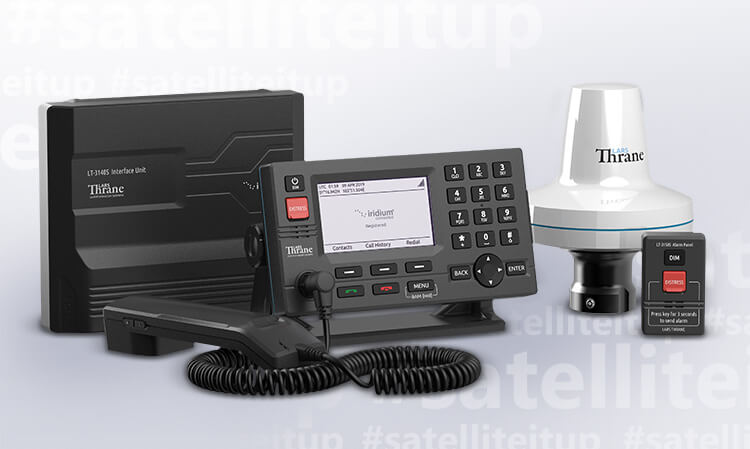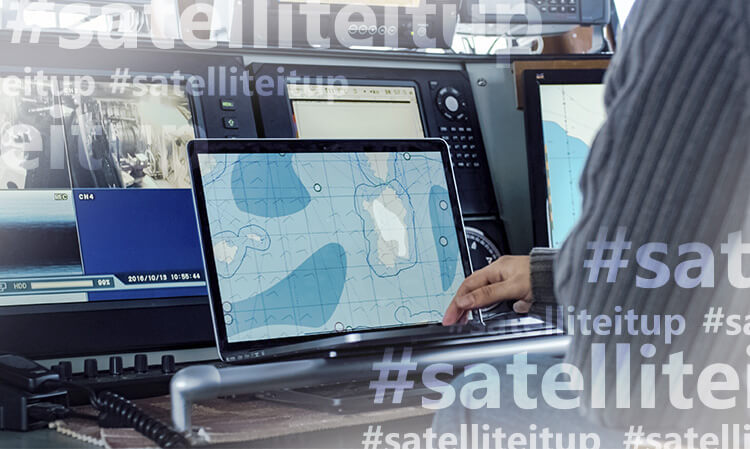The Global Maritime Distress and Safety System (GMDSS) was established in 1988 by the International Maritime Organisation (IMO). It outlines the mandatory communications equipment for vessels, their maintenance, government regulations and supporting infrastructure at shore-based facilities, and the conditions for their usage.
GMDSS improves the capability of ships to state their distress requirements, receive assistance, and broadcast essential safety-related information automatically. IMO has clearly defined four operational zones – based on distance from the shore – for the effective implementation of GMDSS:
With satellite communications technology, GMDSS continues to become more efficient and streamlined. Today, Inmarsat and Iridium are recognised as certified providers for GMDSS.
Inmarsat C is the only compliant service in A1 – A4 areas. It has been keeping seafarers safe at sea since its inception in 1999. Iridium GMDSS gained approval from IMO and SOLAS in 2020 and is currently compliant with SOLAS for A1 – A3.

A next generation GMDSS solution, SAILOR 6110 GMDSS System safely handles all GMDSS, SSAS, and LRIT operations onboard. It features the world’s first touchscreen Wheelmarked GMDSS terminal and includes both visual and audio alarm functionality. The innovative cabling reduces maintenance time and costs while optimising routing. Reliable and adaptable, SAILOR 6110 GMDSS System includes VHF as well as MF/HF distress functionality. SAILOR 6110 GMDSS System is an integral aspect of the vessel communications system that meets international maritime standards.
Key Features:

Especially designed for the demanding and rough environment at sea, LT-3100S GMDSS System by Lars Thrane is the first terminal that offers 100% global GMDSS coverage on the Iridium® satellite network. LT-3100S is equipped with GMDSS services such as Distress Alert, Safety Voice, and Maritime Safety Information (MSI) and operates between a broad temperature range of -40°C to +55°C. LT-3100S can be used as the primary communications product onboard all IMO vessels.
Key Features:

IEC Telecom is committed to empowering vessel owners with integrated and scalable communication services that ensure improved safety for the crew.
In addition to the GMDSS, IEC Telecom’s safety package includes a bespoke tracking system, enabling advanced visibility over the vessel’s navigation and performance.
Developed by Traksat, a specialised IoT & M2M unit within IEC Telecom, the tracking platform supports a wide range of requirements, including: